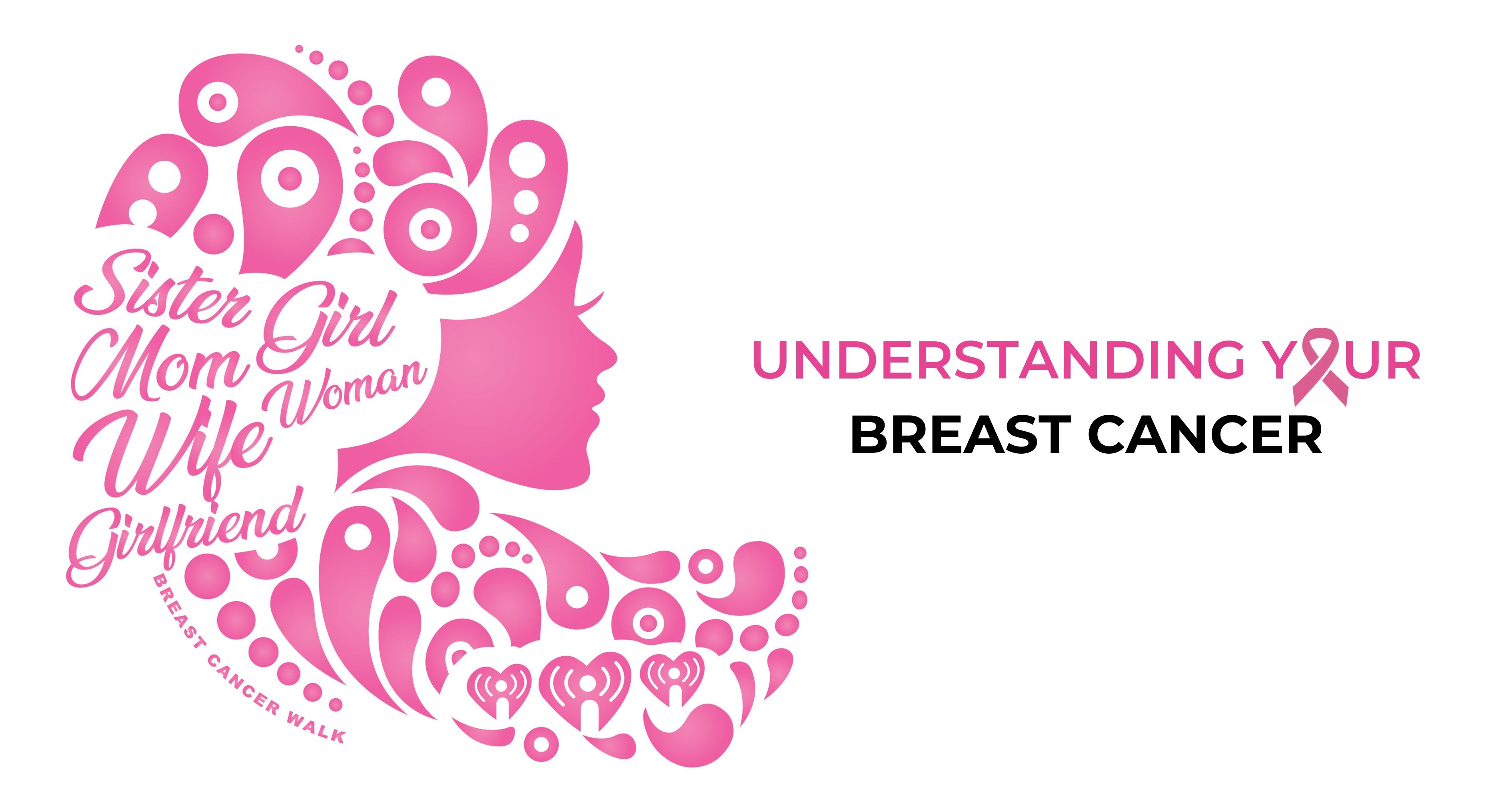Cancer is a broad term. It encompaases a plethora of conditions related to abnormal cellular growth or division. This can be visible, in the form of tumor growth, or invisible, like leukemia, where the cancer cells are present in the blood-stream. Cancer may damage the immune system and cause other secondary impairments that can be fatal.
Cancer is usually caused due to cell mutation, in which cells of the body do not follow the normal ‘born-grow-die’ life cycle. The experience of cancer can vary from person to person. One of the many forms of cancer is breast cancer, which is the most common cancer found in women, and of late, it has started expanding among women of younger age group as well (30-40 years). Breast cancer is now the most common cancer in rural women as well. This raises an alarm to constantly stay on the lookout for possible symptoms and risk factors.
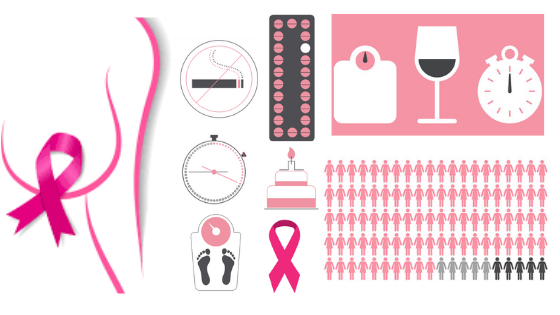
AM I AT A RISK OF BREAST CANCER?
The sad fact is that everyone is at the risk of breast cancer, for some, the chances of having breast cancer is higher than others. This calls for proper knowledge and awareness about the risk factors that might cause breast cancer. Some of these factors are beyond control, and some can be tackled through regular exercise.
You can read more details about the risk factors associated with breast cancer here: www.aarnabiomed.in/am-i-at-risk-of-breast-cancer/.
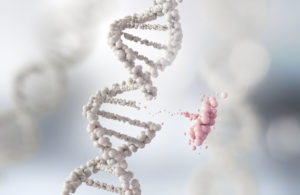
THE GENES RELATED TO BREAST CANCER
Although breast cancer occurrence is spread across a range of ages, circumstances and physical conditions, we shall mention here the genetic association of cancer cells, in case you have a family history of cancer.
- Breast cancer in families: If a family member, or a close relative has been diagnosed with cancer, you might be at an increased risk of breast cancer. However, most breast cancers are not inherited and do not increase the lifetime risk for other family members.
- Breast cancer starts when the breast cells begin to grow and divide in an abnormal way. This can be a result of “gene mutation”. An altered gene can be inherited or acquired.
Inherited altered genes are passed down from our parents to our bodies. Acquired altered genes are a result of mixed factors like environmental, physical and lifestyle factors. - The exact cause of breast cancer is still unknown, but the likelihood of getting breast cancer is enhanced by certain factors commonly termed as risk factors. .
- Inherited altered genes: The most common inherited altered genes that increase the risk of breast cancer development are called BRCA1 (BReast CAncer1) and BRCA2 (BReast CAncer2).
Inheriting an alteration in a gene called TP53 (tumour protein p53) also increases the risk of getting breast cancer. In case you inherit any of these altered genes from your parents, you are considered to be at a relatively higher risk of having breast cancer.
However, this should not be considered as a certainty for breast cancer. Simply being a woman puts you at a risk of breast cancer.
It is important to be aware of the signs of symptoms of breast cancer. A detailed description of the same can be found here: www.aarnabiomed.in/am-i-at-risk-of-breast-cancer/
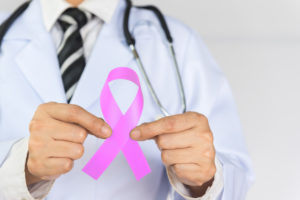
BREAST CANCER IN MEN
On very rare occurrences, men can also get breast cancer. Men have breast tissues too, although the amount is very small.
Signs and symptoms of male breast cancer:
- The most common symptom is a lump (usually painless)
- Discharge from the nipple area (can contain blood as well and is painless)
- Swelling of the chest area and occasionally the lymph nodes (glands) under the arm or sores
If you feel any change in the breast area, it is advised to see a doctor for the same. The treatment and interventions undertaken to treat breast cancer in men is similar to women. This can include one or more of treatment options like surgery, chemotherapy, radiotherapy and hormone therapy. You can read about the actions taken while treatment here www.aarnabiomed.in/poorti-07-going-through-breast-cancer-treatment/ and the side effects here: www.aarnabiomed.in/poorti-08-side-effects-of-breast-cancer-treatment/.
Since the occurrence of breast cancer is rare in men, most researches, studies and the available information is more apt for women. Male breast cancer studies are still at a nascent stage.

UNDERSTANDING YOUR BREAST CANCER
- UNDERSTANDING YOUR PATHOLOGY REPORTS: Pathology reports are given based on the tests conducted on various body cells and blood. Depending on the type of test, the result time may vary.
Depending on the test results, it would be determined whether you would have lumpectomy, breast conserving surgery or mastectomy.- At every stage of treatment, the pathology report would give different type of details required. Depending on these results, the type of treatment, duration, intensity of treatment and combination of drugs is determined.
- The pathology report would contain general information about you (like your age, gender and consultant oncologist.
- Cancer size (the tumour size in millimetres or centimetres), type and grade (Grade 1, 2 or 3 in increasing order of invasion of cancer cells).
- CANCER STAGES: Broadly breast cancer is diagnosed in Stages such as:
- Stage 1: Further divided into (a) When breast cancer tissue is less then 2 cm and (b) When there is no cancer cells present in the breast, but few cancer cells have been found in the lymph nodes in the underarm.
- Stage 2: Further divided into (a) The cancer is 2 cm or smaller but cancer cells have been found near the breast tissue and 1-3 lymph nodes in the underarm. And (b) The cancer cells are 2-5 cm but no cancer cells have been found in the lymph nodes in the arm.
- Stage 3: Further divided into (a) Cancer cells have been found in 4-9 lymph nodes in the underarm (b) Cancer cells can be of any size with affected breast bone and skin in the breast and (c) Cancer cells can be of any size, may have spread to the skin of the breast or chest wall and cancer is found in 10 or more lymph nodes under the arm or near the breastbone, or to nodes above or below the collarbone.
- Stage 4: Breast cancer may or may not be found in the lymph nodes, but have spread to other organs of the body like distant lymph nodes, lungs, liver or brain.
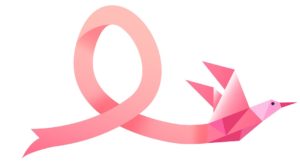
PROGNOSIS
Commonly termed as the “outlook”, prognosis is an estimate of how likely the course of action shall be, the chances of recurrence & life expectancy. Prognosis helps you gather a lot of information and helps you understand the type of breast cancer that you are suffering from.
Prognosis is estimated on the basis of previous results, that have happened to people in the past. The size, type and grade of breast cancer are determining factors for prognosis.
Various computer programs, Predict, Nottingham Prognostic Index (NPI), Genomic assays (also called gene expression profiling or gene assays), Oncotype DX, Endopredict and Prosigna help in the method of prognosis. Your oncologist shall be able to better guide you better on these.
AFTER EFFECTS OF PROGNOSIS
Once your test results are in, you might feel worried about what would happen to you. After prognosis, it is natural to feel anxious, especially if your cancer has been diagnosed at Stages later than 1. However, it is important to remember that no test can completely define what will happen to you. Results vary from person to person, depending on their body and reactions to drugs.
Prognosis will help you plan your breast cancer treatment. You may plan your leaves from office, and inform your close relatives and family about the gap in work that you would need to take during your treatment. A good prognosis shall ease the treatment process in turn.
If you are feeling very worried or tensed about your treatment, you might consult credible psycho oncologists, who would help you during this time of mental turmoil. Different breast cancer care and support groups also provide help here.
